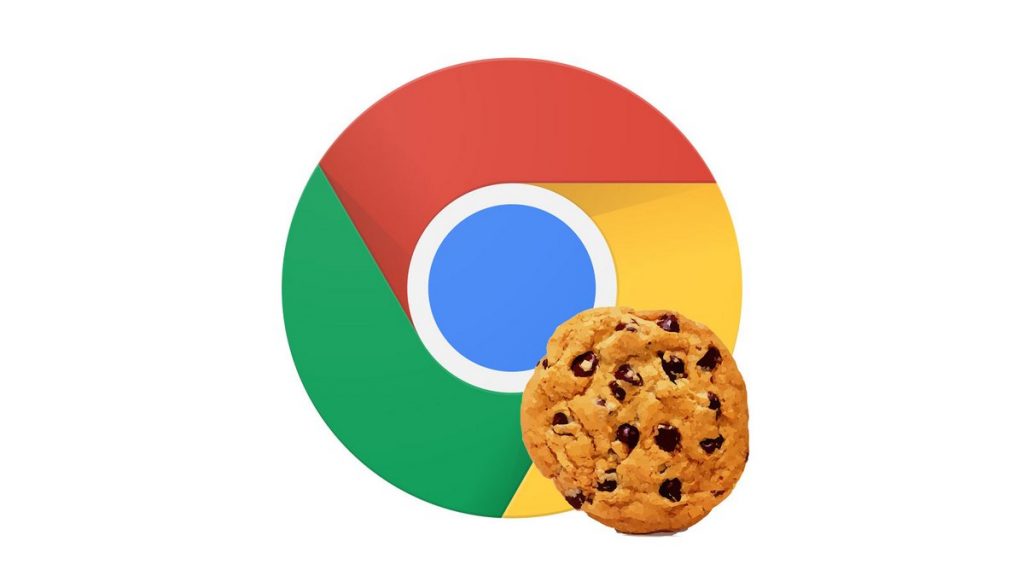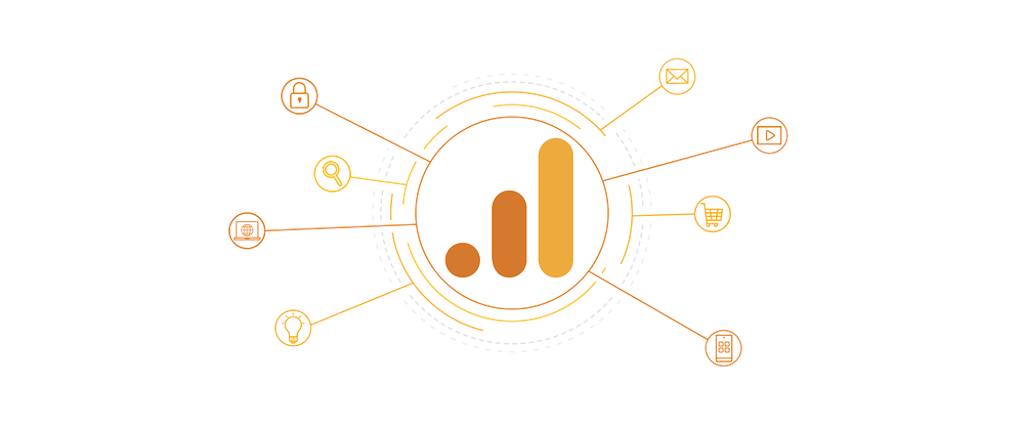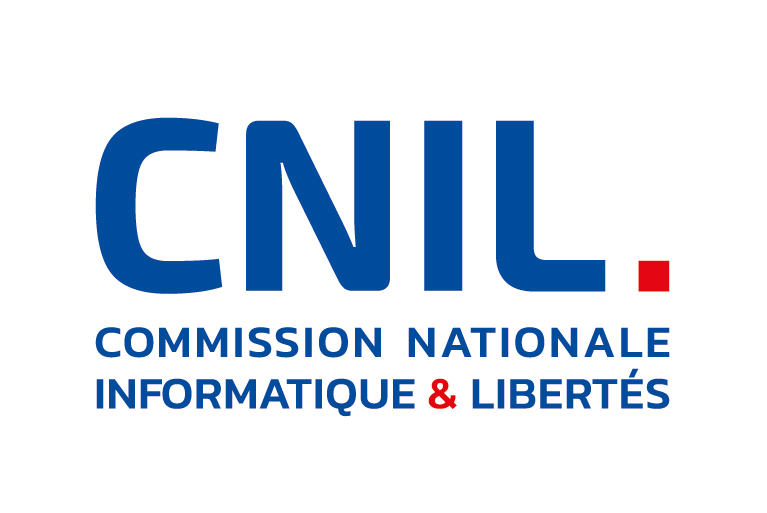This is no longer news: last January, Google announced that it wanted to remove third-party cookies from its Chrome browser in two years' time.
Following the movement begun by competing browsers (particularly Safari and Mozilla Firefox), this announcement created big waves in the world of marketing, because it calls into question the principles of targeted online advertising.
At first sight, this decision was astonishing, because the American company bases a large part of its economic model on online advertising.
On the other hand, the decision is worrying advertisers who will find it harder to get a good picture of the profiles who are visiting their website. They will no longer be able to collect as much data as with a cookie-based model.
However, you need to have a clear understanding of what this revolution involves, so you can be well-prepared, particularly if you're an advertiser.
Don't worry, we'll explain everything in this article!
What are cookies and what purpose do they serve?
Let's start again from the beginning.
According to Google, cookies are “Small files saved on people's computers to help store preferences and other information that's used on webpages that they visit.”.
The cookies that Google has in its sights are third-party cookies, but there are also first-party cookies which are not currently concerned by these changes. These first-party data are collected directly by advertisers and are known as proprietary data, which represent a real opportunity for online advertising.
Cookies are useful to visitors to a website for a number of reasons. Firstly, they allow users to save preferences on a website (such as their preferred language). They can memorise users' behaviour on a website (login information, products added to the basket, etc.) to give the visitor a better experience.
Amongst other things, Google uses cookies to better distribute ads to users, as part of remarketing or to track the performance of your campaigns via Google Analytics or Google Ads.
On Google Ads, conversion tracking occurs when a user clicks on one of your ads and then stays on the site to place an order, for example. This enables you to track your sales successfully.
Cookies are therefore useful to advertisers, but also to users. So how are they a problem today?
The consequences of Google's decision
To add a little context, let's remember that with this decision, Google is aligning itself above all with the models offered by Safari (with ITP) and Mozilla Firefox.
Thus, there are bound to be some consequences for advertisers:
- Limited targeting: because of the anonymisation of users, it will no longer be possible to identify them (via cookies) on your website and so personalise the content as a result.
- No more frequency capping: with the disappearance of cookies, it will no longer be possible to collect users' information to limit exposure to the same ad
- Less precise analysis of campaigns: the disappearance of cookies poses a threat to the tracking of campaign performance data (such as online purchases), without them, it will be harder to calculate your ROI
There are many aspects that risk disrupting the online advertising ecosystem, as well as the user experience. However, there are currently a few solutions taking shape with regard to a future without cookies.
The alternatives to third-party cookies offered by Google
Google is already preparing its Privacy Sandbox. It is a suite of APIs designed to replace cookies and that promises to maintain targeted advertising without infringing on users' privacy.
To gain access to users' data, approved advertisers will only have to access the APIs. Thus, Google has identified practical examples to which the Privacy Sandbox responds. Nevertheless, it still remains to be seen how all this will pan out in the future:
- Google is offering two new models for conversion measurement. The first is based on clicks generated and the second will be composed of aggregated reporting. This system will be less granular than what we currently have, but puts all advertisers on an equal footing with regard to tracking.
- Two avenues are being explored for advertising targeting, one will be done by interests, with segments made up of users with similar histories. The other will be based on retargeting: advertisers will have to classify users according to the pages they've visited, and they will then be retargeted according to affinities.
- A privacy budget will be created, it will limit the collection of data that can be exploited via the APIs. It involves limiting the process of fingerprinting (collecting a maximum of data on a user to build their digital fingerprint).
- The Trust Token API is a new version of the captcha that will make it possible to distinguish between robots and human users. The primary aim is to protect websites from hacking.
Google isn't leaving advertisers in the dark, even though some uncertainty remains, such as the absence of documentation on the project which is still very vague. Here at Arcane, we can help you adapt your tracking solutions, so contact us!







